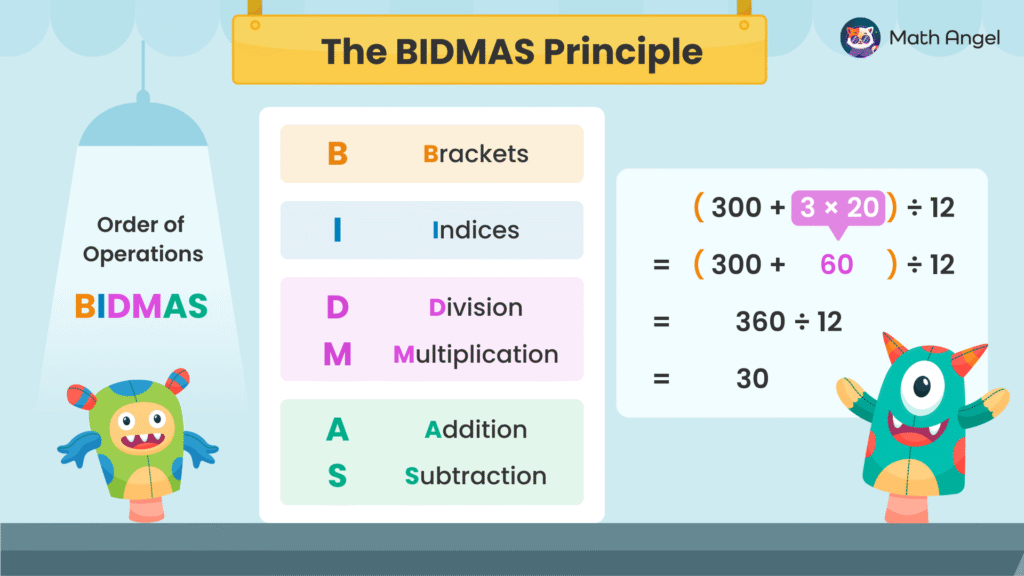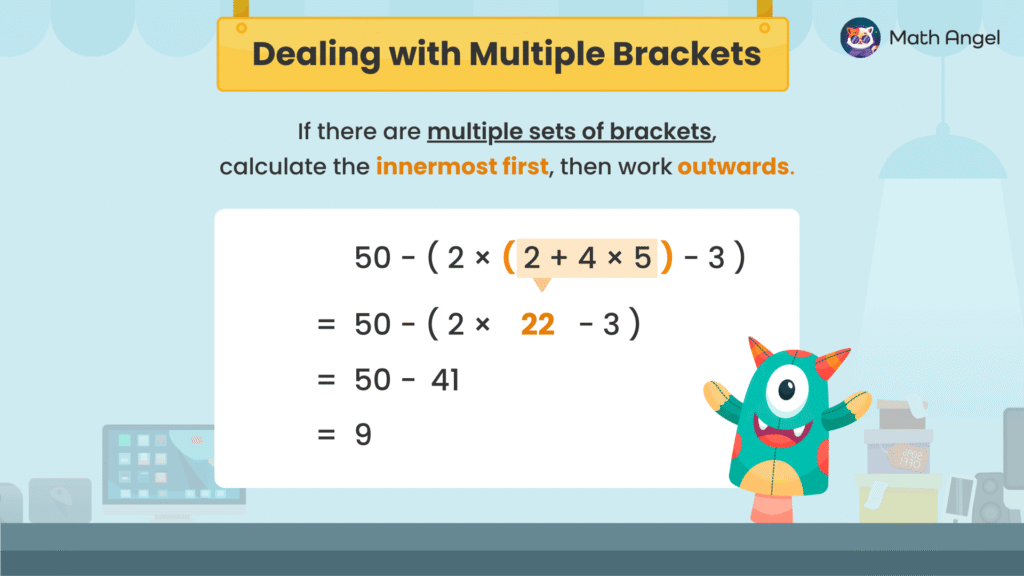A mathematical expression is a combination of numbers, variables, and operators. It does not have an equals sign (=), unlike an equation.
For example, $$(300 + 3 \times 20) \div 12$$
Parts of a Mathematical Expression:
- Terms: The individual numbers in the expression (300, 3, 20, 12).
- Operators: The symbols that tell us what to do (+, ×, ÷).
Mathematical expressions help us write real-life problems in a structured way so we can calculate them easily!





